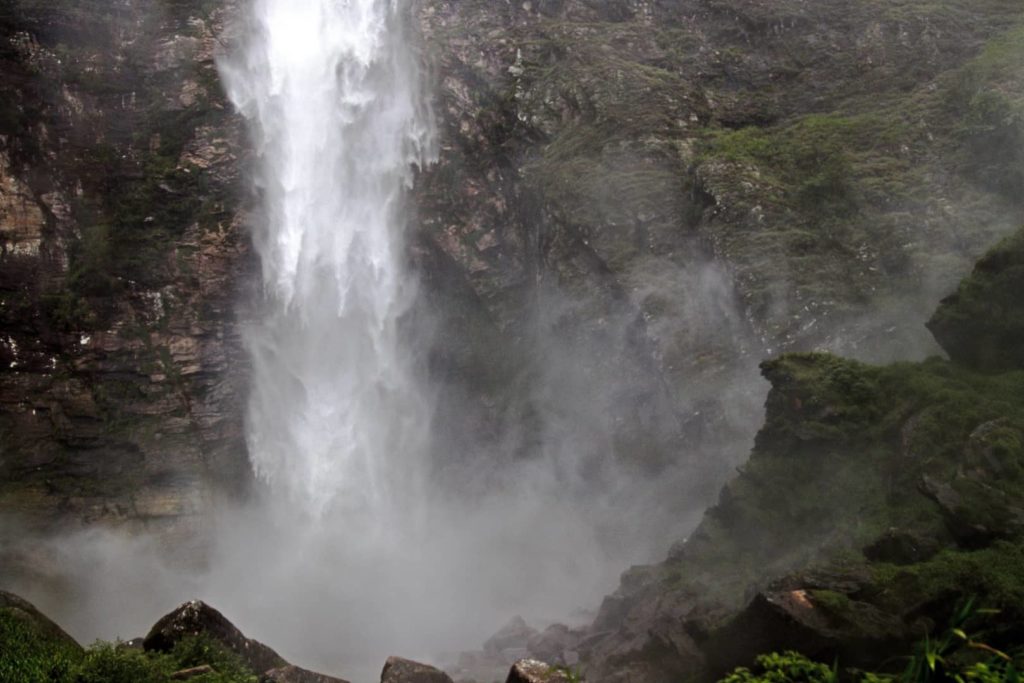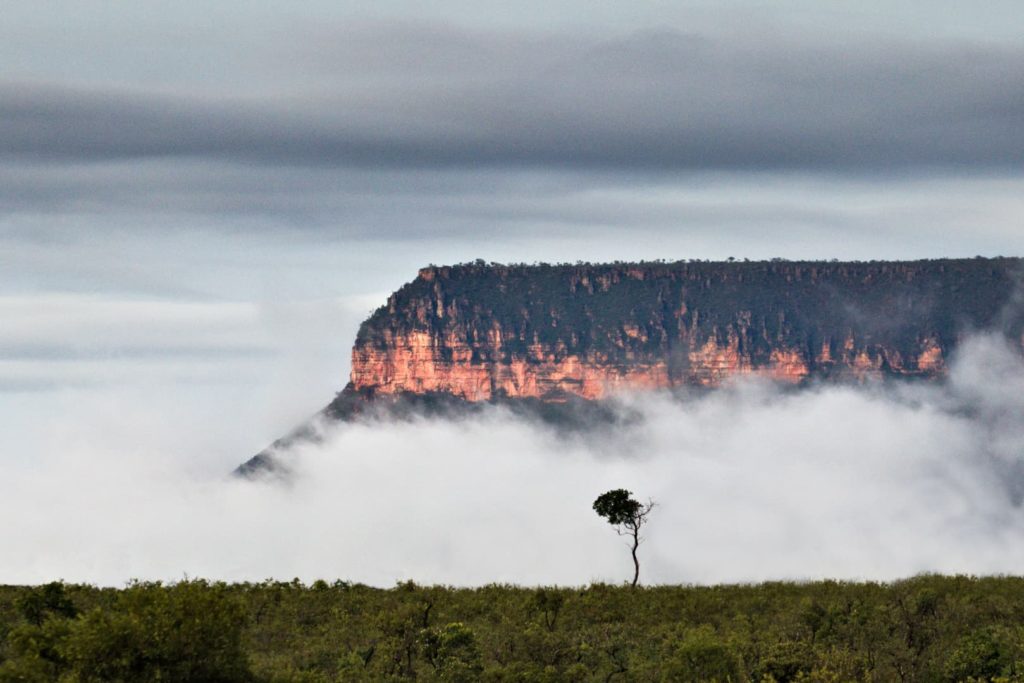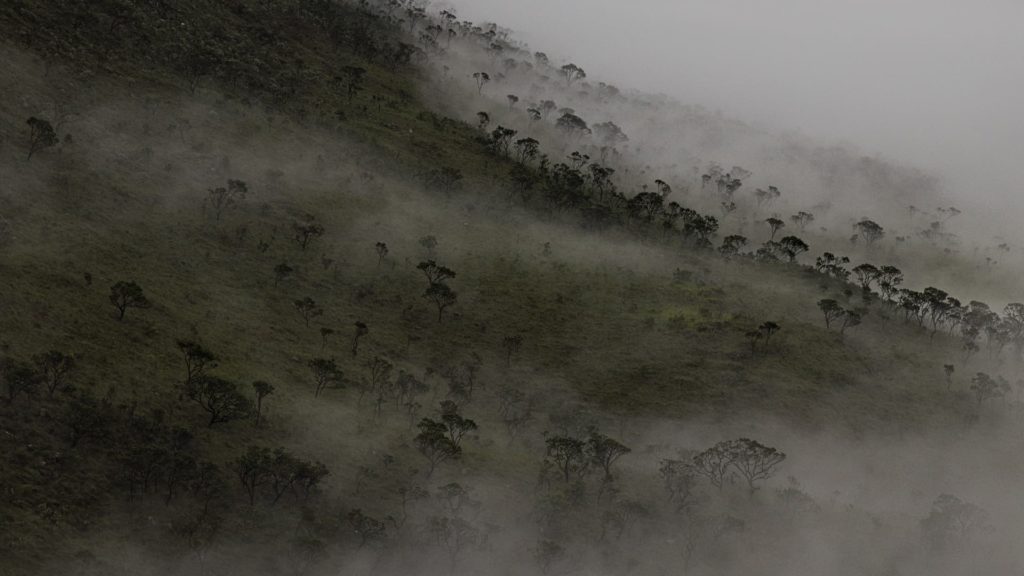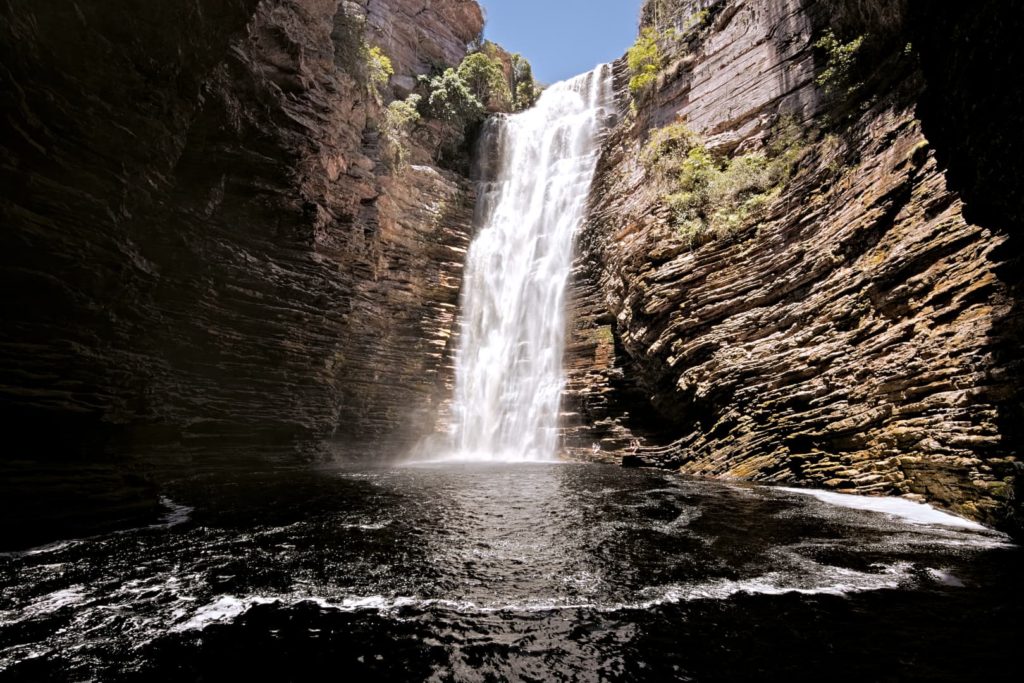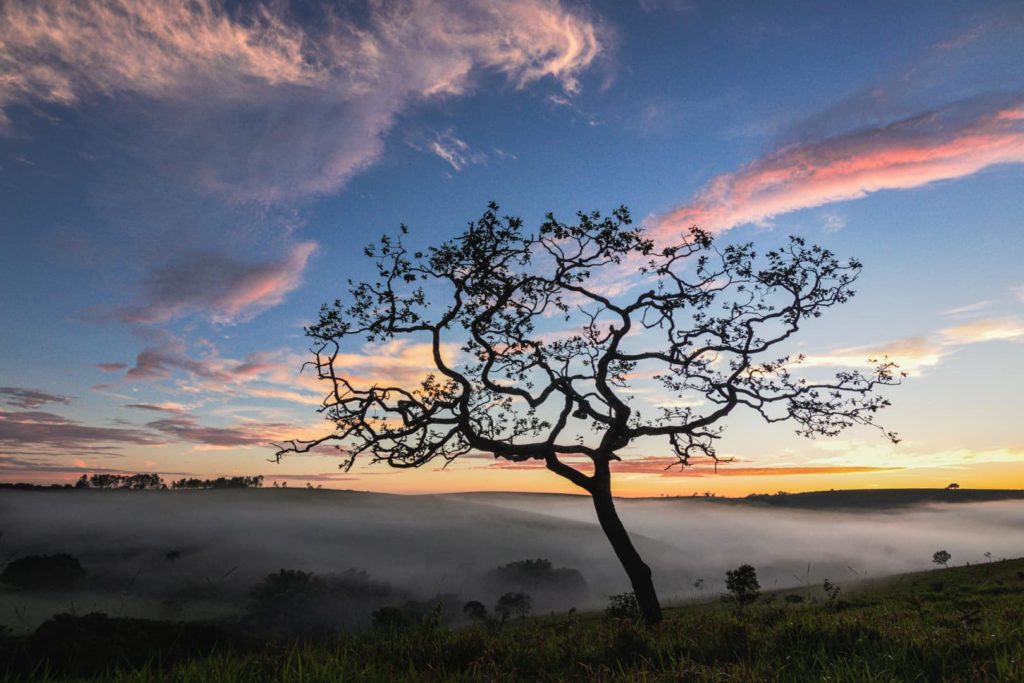The unique coming together of water in tropical Brazil.
The ‘Cerrado’ – also known as the “Cradle of Waters” of South America – has a unique hydrological cycle that brings together 8 of the 12 major water basins of the continent within the geographic limits of the tropical eco-region of eastern Brazil.
The Cerrado includes three major biomes: grasslands, savannahs and forests. Predominantly, savannahs have very deep roots – so deep that for years they were dubbed “inverted forests” as most of the biomass is underground: these roots absorb water from the depths of the soil and return it to the atmosphere as water vapor, which condenses in the atmosphere to create rain.
This biosphere-atmosphere interaction completes Earth’s water cycle and is fundamental for the so-called ‘Flying Rivers’ that transport the dense humidity emanating from the Amazon Forest to south-eastern Brazil. The ‘Flying Rivers’ consist of the evaporation from the trees and their subsequent precipitation a hundred-fold over the Cerrado savannahs.
Academia has long discussed the importance of this hydrological cycle to the world, but the Cerrado gained popularity as a region due to rampant deforestation, which breaks the hydrological cycle by keeping water underground; consequently, the Cerrado is getting hotter and drier: about 80% of its known endemic flora is under threat of extinction.
This VIEWS portrays the hydrological cycle in the Brazilian Cerrado, and the consequence of its rupture, which will lead to the fourth physical state of water: absence.

